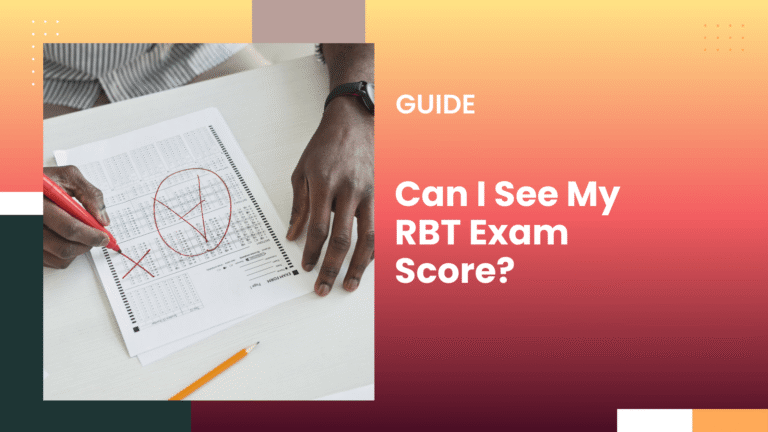Clinical Direction RBT ABA: Example & When To Seek 2025
Clinical direction RBT follows ethical, safe, data-driven practices under BCBA supervision. Learn when to seek guidance, why it matters, and how it protects client outcomes.
As a Registered Behavior Technician, trust me when I say this: you cannot work alone.
Your BCBA or BCaBA is there to steer you, and that’s what clinical direction is all about.
What Is Clinical Direction ABA?
In simple terms, Clinical direction is your supervisor’s expert input that guides every move you make on the job.
So, even if you collect data, follow behavior plans, and implement programs, you never fly solo.
Think of your BCBA as your air traffic controller.
You’re the pilot, but you follow their signals so nobody crashes.
Basically, Clinical direction keeps everything legal, safe, and ethical.
Why Clinical Direction Matters
If you ignore clinical direction, you’re asking for trouble — for yourself and your clients.
Here’s why you must respect it:
- Keeps Clients Safe: You can’t change interventions without data-backed approval.
- Maintains Ethics: Following a plan without supervision can cross serious ethical lines.
- Protects Your Credential: If you go rogue, it could mean a complaint to the BACB, and that’s the end of your RBT status.
- Builds Skills: Your BCBA is your coach, so they will help you level up with honest feedback.
- Improves Client Outcomes: Clinical direction ensures the program stays tight and effective.
When You Must Seek Clinical Direction
Here’s a rule you can bank on: When in doubt, ask.
But these situations absolutely demand clinical direction, no questions asked:
- Sudden, severe aggression or self-injury
- No progress on goals for weeks
- Parents or teachers ask you to do something outside the plan
- You’re confused about data collection
- You see a brand-new pattern of problem behavior
- A crisis pops up during the session
- Medication changes or health updates that affect behavior
Clinical Direction RBT Example
I’m gonna help describe with an example: Let’s say you’re working with a six-year-old, Maya, who engages in mild head-banging.
The plan calls for redirection and differential reinforcement. But one day, she suddenly ramps it up to the point of bruising herself.
But it is not your purview. You cannot decide to block, add protective gear, or change reinforcers on your own. That is outside your scope. You must call your BCBA, document the change, and let them revise the plan.
That’s clinical direction in a nutshell: the supervisor sees the bigger picture, evaluates the risk, and adjusts strategies to protect Maya and you.
Clinical Supervision Models You’ll See
Depending on your supervisor’s style, there are several clinical directions that he/she might take and look different:
- Developmental: They guide you more closely at first, then fade back as you grow.
- Behavior-Analytic: Pure ABA, heavy on data, tight protocols.
- Integrated: Mixes different methods like trauma-informed or CBT under strict BCBA guidance.
- Deliberate Practice: Supervisor drills you on tough scenarios until you’re confident and accurate.
But the thing is that no matter the model, you still cannot change programs or make up your own interventions without BCBA oversight.
Action Quiz: Check Your Knowledge
Question:
A new client starts biting others in class, which isn’t part of the current plan. What should you do?
- Edit description: Think scope and supervision.
- Add Answer!
A. Create a punishment plan
B. Ignore the biting until it stops
C. Contact your BCBA for clinical direction
D. Use a time-out without approval - Correct Answer Info: C – You cannot design a new plan alone. You must immediately inform your supervisor.






